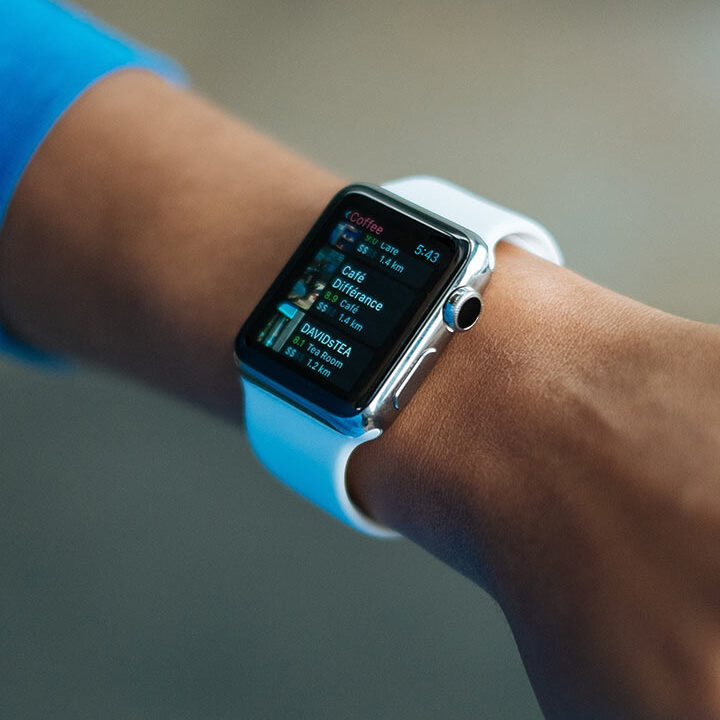The Growing Complexity of Space
Real estate is never just a building. A home is also a place to work. An office is also a meeting space. A neighborhood is an ecosystem of functions. And how we use space is changing faster than ever.
Yet, our methods for planning and development are still often based on assumptions and historical data. We tend to design for what was, rather than what’s coming. And that creates risk — financially, spatially, and socially.
The Challenges Are Piling Up
Take the sustainability transition. For new developments, regulations are clear and business cases are often viable. But what about that office building just outside a subsidy zone? Or the privately rented homes that don’t fall under major upgrade programs?
Or look at offices: in many regions, vacancy rates are low, but daily occupancy is surprisingly low too. Entire floors remain consistently unused. Yet the heating stays on, catering services remain the same, and cleaning costs are unaffected.
And then there are the more subtle challenges on the horizon: an aging population that will demand different housing solutions. Increasing pressure on water use. An electricity grid strained by growing demand. And technologies like AI and robotics that will fundamentally reshape the way we work.
How do we build today for a world that could look entirely different tomorrow?
Technology as a Tool — Not the Goal
Software and AI won’t build homes for us, but they can help us build smarter — and more importantly, better understand what we actually need (and what we don’t).
1. From square meters to real behavior
Thanks to sensors, smart building systems and data analysis, we now have much clearer insight into how spaces are truly used — not just how many people occupy them, but when, for how long, and for what purpose.
This opens the door to new ways of using space: more flexible layouts, shared workplaces, smaller but higher-quality offices. And it allows property managers to fine-tune services — from cleaning to energy use — based on real behavior rather than assumptions.
The result? Lower costs, higher efficiency, and a better user experience.
2. Data as a compass for sustainable decisions
Sustainability starts with measurement. Without understanding energy consumption, production and user behavior, optimization is just guesswork.
Software platforms that consolidate data from meters, systems and building assets allow for strategic planning: where are the quick wins? Where is real investment needed? Where are hidden inefficiencies?
For real estate portfolios with dozens or hundreds of buildings, this is essential. It also helps provide clarity in conversations with financiers, municipalities and tenants.
3. Simulation and digital twins for better decisions
What if you could “test-drive” a new neighborhood before breaking ground? Simulation tools and digital twins make that possible. They let you evaluate different scenarios — what’s the impact of a 10% increase in senior residents? What happens to the grid if every home switches to electric heating and cooking? How does a new public transport hub affect office use?
This kind of tech enables better, more resilient decision-making — and helps avoid costly surprises down the road.
From Bricks to Community Value
Ultimately, real estate isn’t about bricks and mortar — it’s about people. About how we live, work, connect and thrive. Software and AI help us not just to manage or improve buildings, but to align them more closely with the needs of the communities they serve — now and in the future.
And those who get that right create lasting value. For users, for investors, and for society as a whole.
Curious what technology could do for your real estate portfolio?
We’d love to explore how digital solutions can help you with space optimization, sustainability or planning.
👉 Get in touch for an informal chat.







